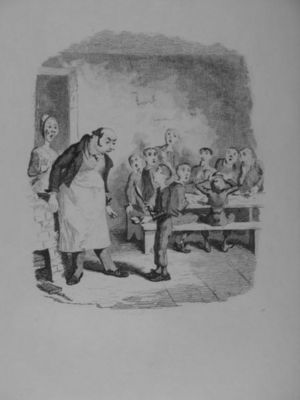In our family, decorating graves on Memorial Day is a long standing tradition that is backed by oral history. While we can usually remember where Grandma & Grandpa are buried, when it comes to the rest of our relatives, we often rely on our great aunts and parents to point out graves belonging to relatives we never even knew. Even though great-great grandpa Oliver died back in 1903 and great great aunt Mildred died in 1878, we know all about these people and where they are buried because of the family stories passed down from one member of the family to another.
The danger with oral tradition is that occasionally a member of the family gets omitted and over time his grave is forgotten. To locate those graves takes a little bit of detective work.
Call your relatives
Before beginning a search, it helps to call some of your older relatives first. Grandparents and great-aunts and uncles usually have a vague recollection where someone may have died or have been buried. Tapping the relatives for information is a great way of narrowing down the field. Once you have a general idea of the county or state where your missing relative may have died, the next step is to write the Bureau of Vital Statistics in the state of his or her death.
The Bureau of Vital Statistics
The Bureau of Vital Statistics is a state agency that holds all the marriage, birth, divorce, and death statistics in that particularly state. If you know what state your great uncle Whosis or great grandma Whatshername died in, you can write (or email) the Bureau of Vital Statistics in that state and request a copy of the death certificate. If your relatives think your missing ancestor may have died in one of several states, you will have to contact all those states.
People who request death certificates usually have to present some form of identification along with a reason for the certificate. There is also a nominal charge to have a photocopy made of the certificate. Death certificates can be requested by email or snail mail, using forms found on line. You can expect a wait of between 10-21 business days before receiving the death certificate.
Once you have received a copy of the death certificate, simply look at the line where it states the city and date of death. Chances are is that your ancestor was buried in that city.
Call the local cemeteries
Most cemeteries have pretty complete records of who is buried in their cemetery. All they need is a name and the date of death, and they can search their database for your relative. This can all be done by phone which saves a great deal of driving around. A phone search should begin with the cemeteries located in the city of death. If nothing turns up, the search should be expanded to include adjacent towns. If you are lucky enough to locate the cemetery where your relative has been buried, the next step is to visit the cemetery office. The record keeper there will give you the lot and plot number along with a cemetery map.
Tracking down relatives’ graves who have died in the past 100 years is usually a pretty easy process. However, if the cemetery records are a little skimpy and a phone search fails to turn up a location, another step is to visit the local library.
Archived Newspaper obituaries
Most public libraries or state historical libraries have archived newspapers that go back to the city’s early beginnings. These newspapers contain obituaries and death notices which should provide you with some information about your relative’s death. Most death notices typically list the place of burial will help close in your search.
Not all cemeteries have complete records and in smaller, abandoned cemeteries there might not be any records at all. If your search fails to turn up a final resting place for your ancestor, the last alternative is to visit these smaller cemeteries and hunt for a marker on your own.




